Lake Baskunchak
 Bashny.Net
Bashny.Net
Lake Baskunchak called the All-Russian salt shaker. This unique body of water area of 110 square kilometers, is a kind of recess on the top of a giant salt mountain, leaving deep into the earth and veiled layer of sedimentary rocks. The depth of the salt is 6 kilometers and thickness of the surface layer - 10-18 meters. The surface of the lake at 21 meters below sea level.
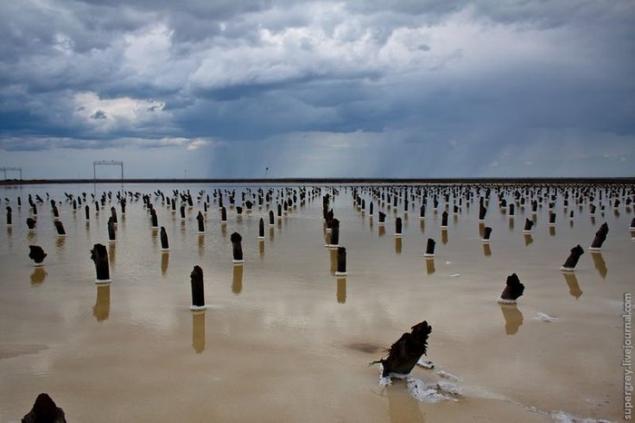
Actually Baskunchak lake can be called a stretch. For the most part it is possible to walk the surface, and in some places even drive a car. Drown in it is simply impossible - water saturated with salt by 90%, pushing the body to the surface.
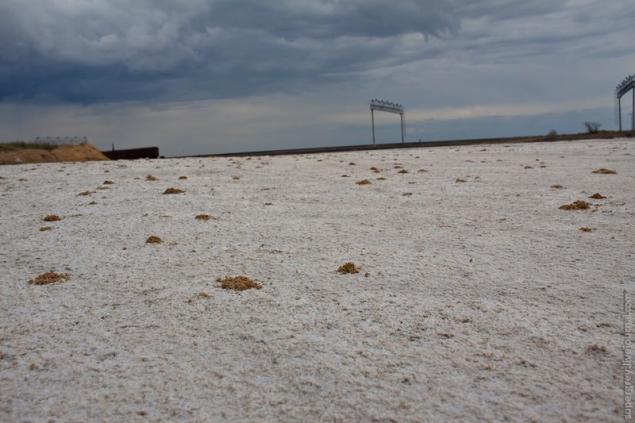
However, the depth of the lake is less than 1 meter, and dry summers it is almost completely dry.

Author: We drove around the lake in the Urals. This all-wheel drive truck cars with tent body, which made the bench for the transport of persons.

These machines after each such trip once washed. From the words of our driver, car, riding on the salt lake, repair and change entire nodes as well as salt corrodes everything is not possible to turn off any of the nut. Weather on the day of the trip was not predictable from the scorching sun to heavy rain.


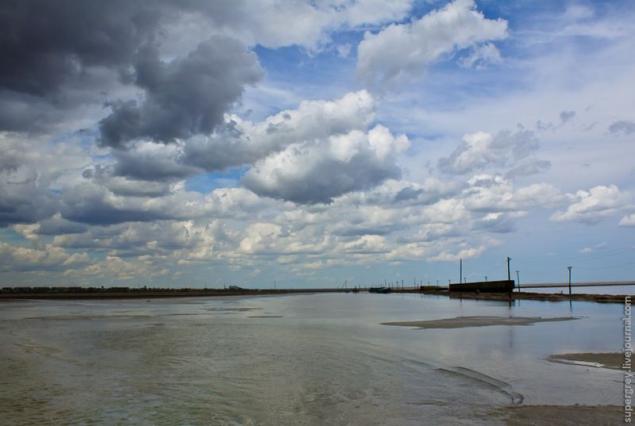
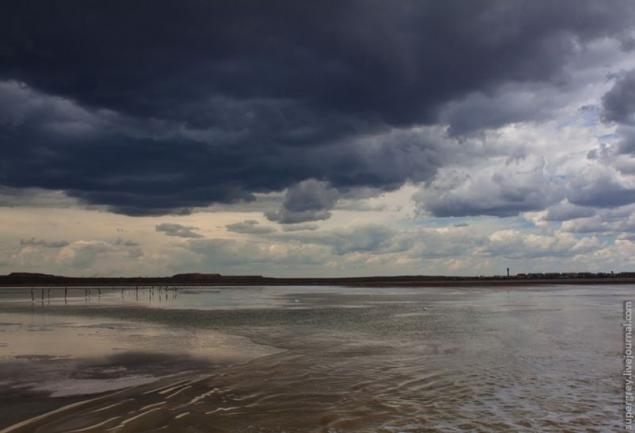
Salt mining was carried out on the lake from the VIII century, and it was transported along the Silk Road. In Russian sources Baskunchak lake was first mentioned in 1627. In the "Big Book of Drawing", the first geographical description of Russia, it is called a place where "break the salt, pure as ice."

In 1881, the lake stretched railway line.
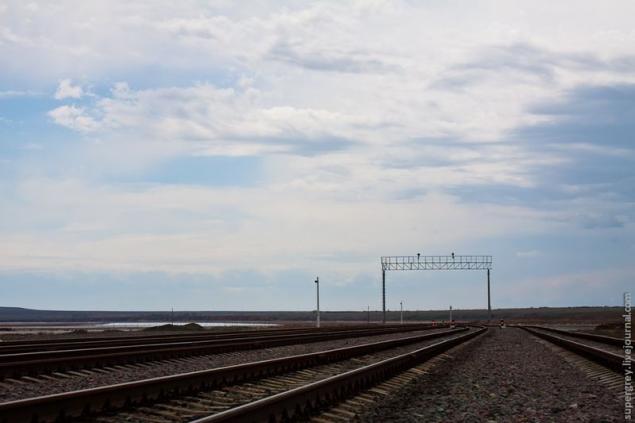
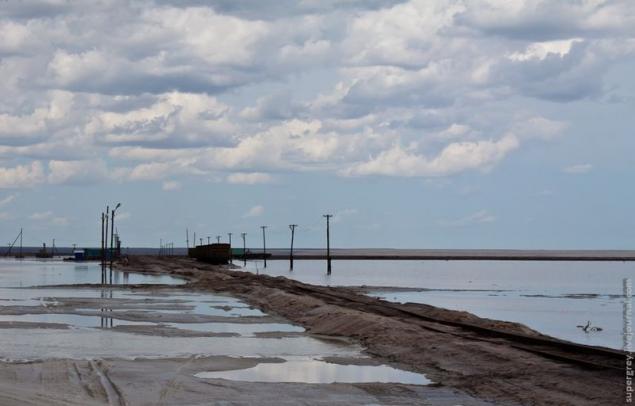
Rails and sleepers laid directly on the salt.

As with the case of a truck, rail can not be repaired, and change entire span.
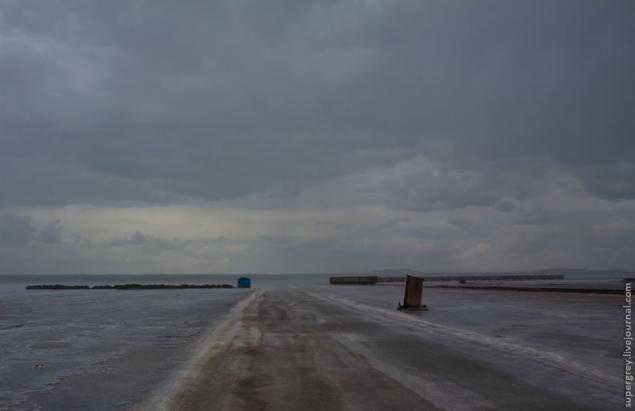
In 1924 mechanized mining using solesosa, produced 20 tonnes of salt per hour. Repeatedly upgraded solesos was more effective than other technologies salt production and survives to this day in the form of solekombayna, now the mining of 300 tons per hour.
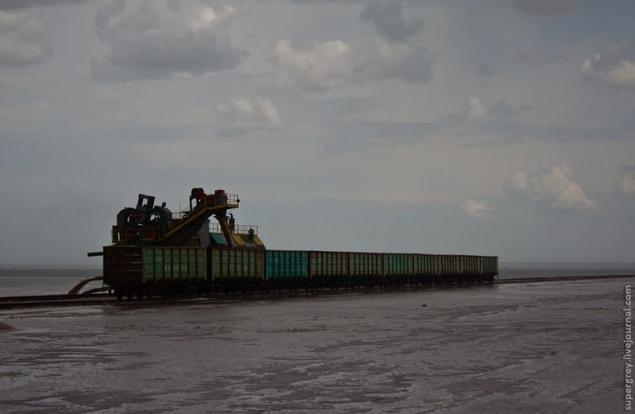
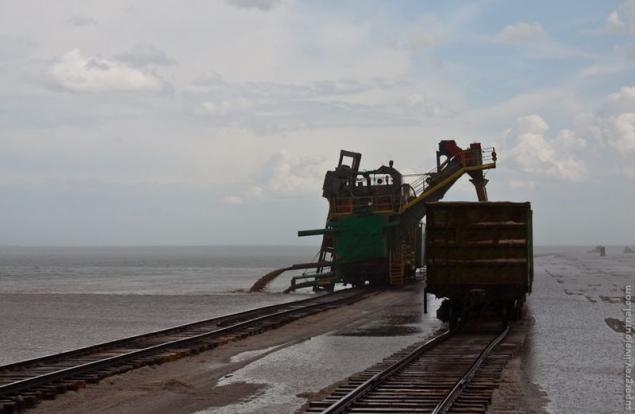
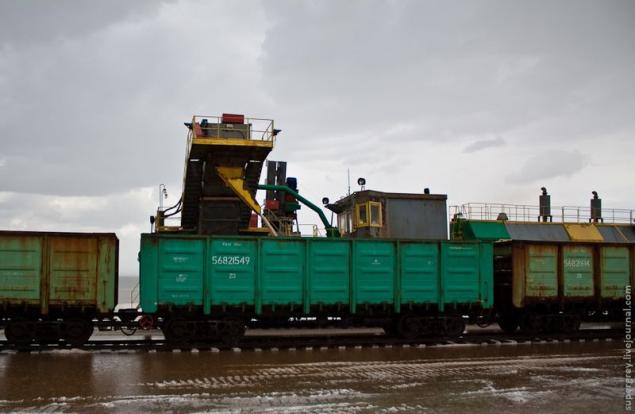
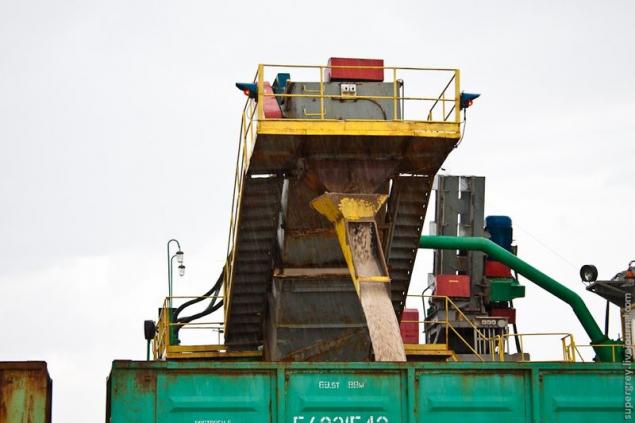
The lake is no fish, no seaweed, and birds and insects are killed by a few sips of salt water. In brine found only bacteria that can tolerate salt. Salt Baskunchak extremely pure (99.8% NaCl) and is considered one of the best in the world. That's what happens with wooden posts for several years.
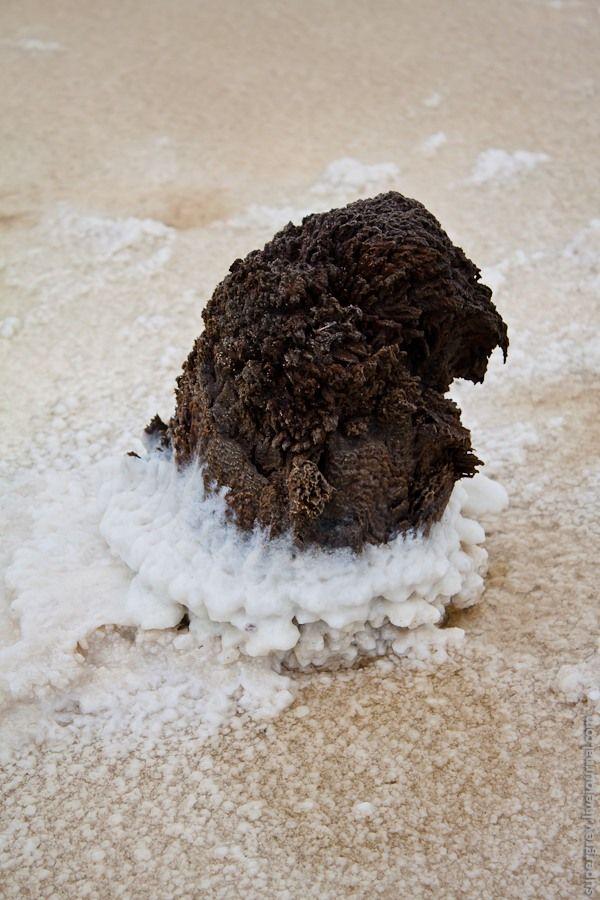
Russian began to produce salt on Baskunchak under Peter I. The development of this field crippled financial empire Stroganoff and city living at the expense of salt production. Deposited lump Baskunchaksky salt was 16 times cheaper wells, which were prepared by evaporation of complex mechanisms and digesting. Since the XVIII century Solikamsk and other salt production centers are experiencing a hopeless decline due to the start of production on a lake Baskunchak salt. It had wooden piles. There was mined salt in the 19th century.
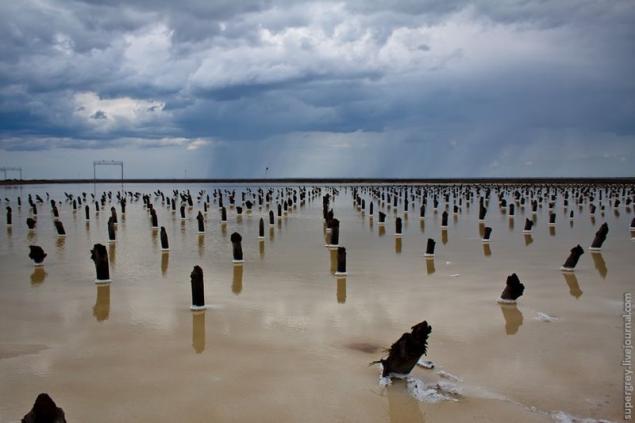
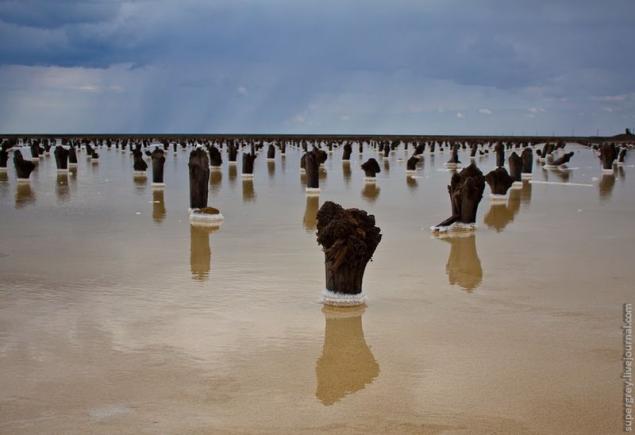
There are different versions of the origin of the name of the lake. A number of researchers transferred Baskunchak with the Nogai language as a "dog's head", deriving it from the word "bash" (head) and "Kunchev" (dog). Others believe that the name comes from the Baskunchak Turkic word "bass" (here meaning "chief") and "Konak" (parking lot). According to them, the lake was an important place of salt mining. Still there is the assumption that the modern form of the name of the lake - it distorted the Mongolian-Turkic Uskonchak, which means "Sun Lakes" (from the Mongolian "mustache" - "water", "lake", and the Turkic "coon", "con" - the sun) . Local people have a legend that in the salt cave mountain Bogda was the headquarters in Stenka Razin, there led a secret underground passage beneath the lake Baskunchak. There dashing chieftain allegedly hid his enormous wealth. The Buddhists there is a version that the lake was formed from the remnants of Baskunchak stew Dalai Lama. Buddhists generally a lot in common with the lake Baskunchak and mountain Bogdo
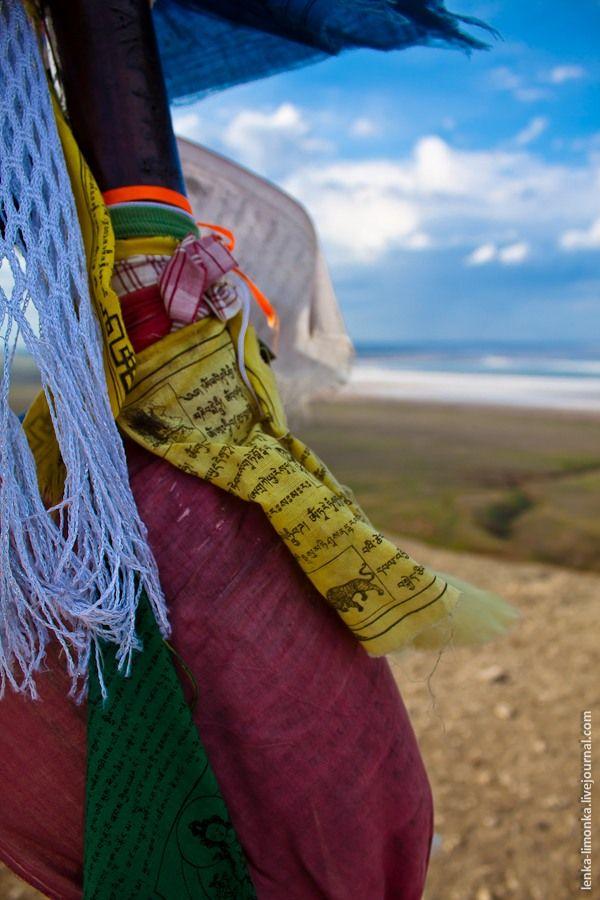
via Source

Actually Baskunchak lake can be called a stretch. For the most part it is possible to walk the surface, and in some places even drive a car. Drown in it is simply impossible - water saturated with salt by 90%, pushing the body to the surface.

However, the depth of the lake is less than 1 meter, and dry summers it is almost completely dry.

Author: We drove around the lake in the Urals. This all-wheel drive truck cars with tent body, which made the bench for the transport of persons.

These machines after each such trip once washed. From the words of our driver, car, riding on the salt lake, repair and change entire nodes as well as salt corrodes everything is not possible to turn off any of the nut. Weather on the day of the trip was not predictable from the scorching sun to heavy rain.




Salt mining was carried out on the lake from the VIII century, and it was transported along the Silk Road. In Russian sources Baskunchak lake was first mentioned in 1627. In the "Big Book of Drawing", the first geographical description of Russia, it is called a place where "break the salt, pure as ice."

In 1881, the lake stretched railway line.


Rails and sleepers laid directly on the salt.

As with the case of a truck, rail can not be repaired, and change entire span.

In 1924 mechanized mining using solesosa, produced 20 tonnes of salt per hour. Repeatedly upgraded solesos was more effective than other technologies salt production and survives to this day in the form of solekombayna, now the mining of 300 tons per hour.




The lake is no fish, no seaweed, and birds and insects are killed by a few sips of salt water. In brine found only bacteria that can tolerate salt. Salt Baskunchak extremely pure (99.8% NaCl) and is considered one of the best in the world. That's what happens with wooden posts for several years.

Russian began to produce salt on Baskunchak under Peter I. The development of this field crippled financial empire Stroganoff and city living at the expense of salt production. Deposited lump Baskunchaksky salt was 16 times cheaper wells, which were prepared by evaporation of complex mechanisms and digesting. Since the XVIII century Solikamsk and other salt production centers are experiencing a hopeless decline due to the start of production on a lake Baskunchak salt. It had wooden piles. There was mined salt in the 19th century.


There are different versions of the origin of the name of the lake. A number of researchers transferred Baskunchak with the Nogai language as a "dog's head", deriving it from the word "bash" (head) and "Kunchev" (dog). Others believe that the name comes from the Baskunchak Turkic word "bass" (here meaning "chief") and "Konak" (parking lot). According to them, the lake was an important place of salt mining. Still there is the assumption that the modern form of the name of the lake - it distorted the Mongolian-Turkic Uskonchak, which means "Sun Lakes" (from the Mongolian "mustache" - "water", "lake", and the Turkic "coon", "con" - the sun) . Local people have a legend that in the salt cave mountain Bogda was the headquarters in Stenka Razin, there led a secret underground passage beneath the lake Baskunchak. There dashing chieftain allegedly hid his enormous wealth. The Buddhists there is a version that the lake was formed from the remnants of Baskunchak stew Dalai Lama. Buddhists generally a lot in common with the lake Baskunchak and mountain Bogdo

via Source
Tags
See also
Salt Lake Baskunchak
Lake in the heart of the Sahara Desert
Ink lake in Algeria
Sørvágsvatn - Lake over the ocean
Blue Lake Band-e Amir
Fantastic cypresses at Lake Caddo
Black Lake Karakul
Beautiful lake Crimea!
On Mars, found traces of salt lake

















